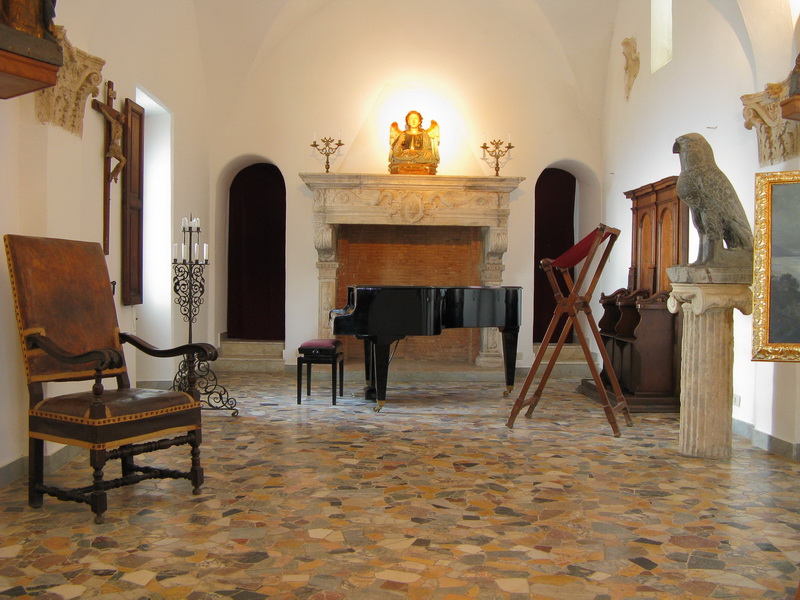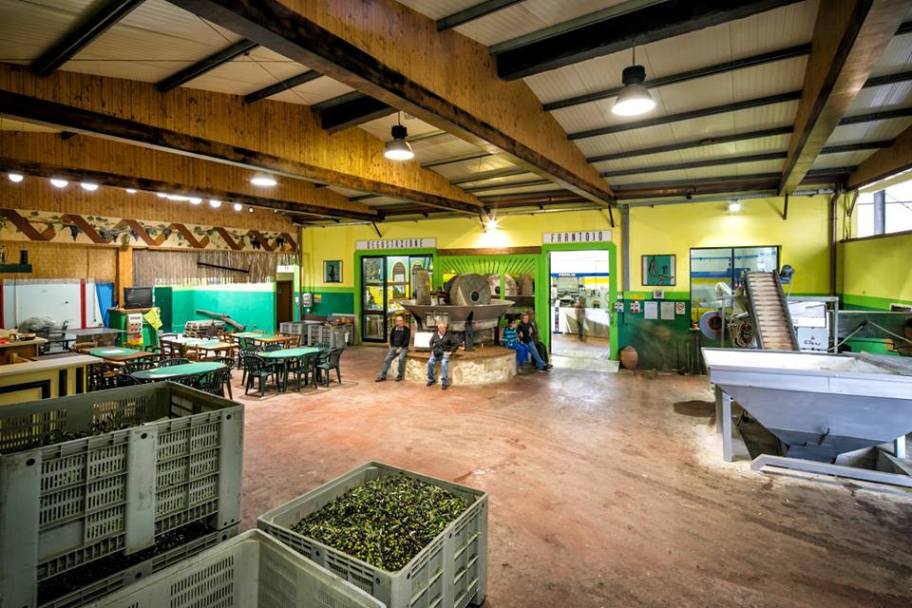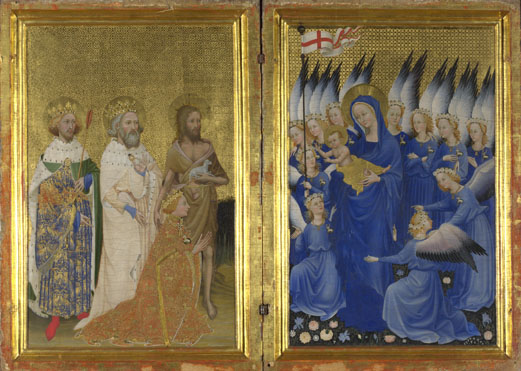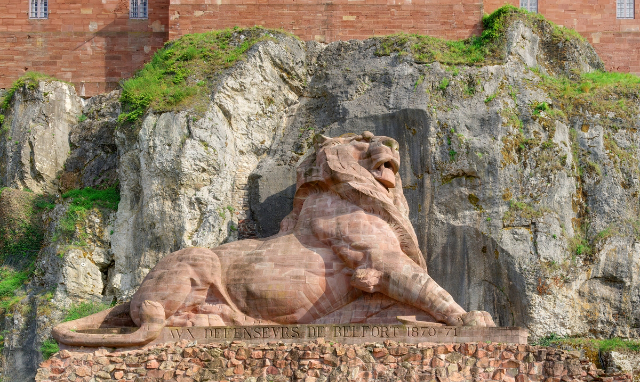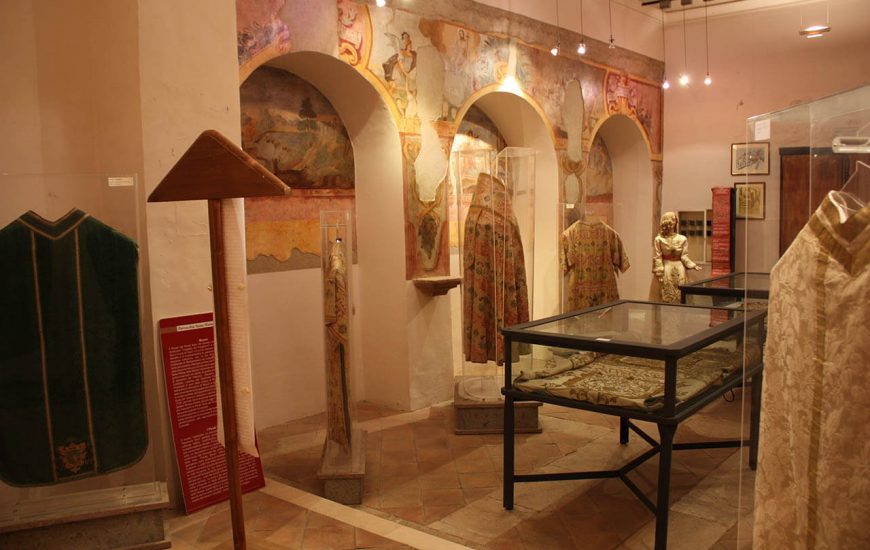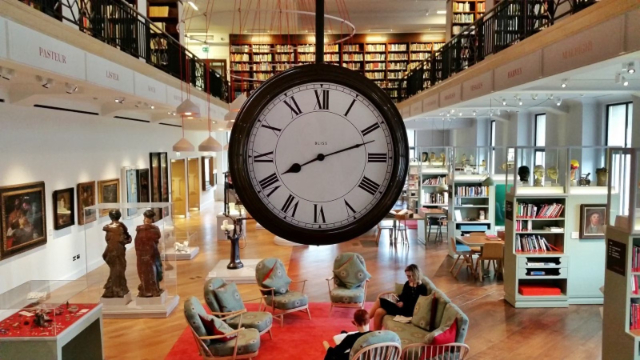Axel Munthe first came to Capri at the age of 18. On this occasion, the future doctor "clashed" with the reality of the island, which was completely different from the Parisian, or at any rate European, reality to which he was accustomed. He found himself, in fact, dealing with people completely different from his usual frequentations. On Capri everyone had a very specific role within the "community," regardless of his social background, dictated, very often, by tradition and habit. It was precisely accompanied by one of these personalities, Maria Portalettere, that Axel Munthe arrived in the presence of the remains of a palace that had once belonged to the Roman emperor Tiberius, flanked by a disused chapel and a vineyard owned by mastro Vincenzo, another inhabitant of the island. It was then that the idea of building Villa San Michele began to make its way into the mind and soul of the doctor, who was so struck by the beauty of the island that he even perceived its spirit, represented allegorically by a figure "wrapped in a rich mantle," with whom he made a "spiritual pact," according to which he would become the rightful owner of the land on which to erect the villa only on the condition that he would renounce "the ambition to make [his] name in [his] profession."
Munthe thus devoted much of his life to the construction of the villa and garden. At the time, Capri’s gardens were filled with finds from the Roman villas that surfaced from the ground; peasants called it "Tibberio’s stuff" and spontaneously gave it to the doctor, who would add it to his collection of Roman, Etruscan, and Egyptian artifacts collected during his travels.
Among the main objects that can be admired at Villa San Michele are the head of Medusa that adorned the temple of Venus in Rome, medieval sacred art objects, 18th-century furniture from Tuscany, frescoes, and Roman sculptures such as the marble bust of Emperor Tiberius, the marble slab table in the Cosmatesque style, the Sicilian wrought-iron chandelier, and the Egyptian sphinx. The latter has become almost a symbol of Axel Munthe’s mansion and is located on one of the most scenic points of the entire Villa San Michele. With regard to the sginge, legend has it that by resting one’s left hand on the Sphinx and making a wish while looking at the sea of Capri, this wish will come true.
In the garden one can admire an array of plants characteristic of Mediterranean flora – such as camellias, hydrangeas, beautiful rose bushes, pines and cypresses – surrounded by a typical white colonnade with pergola, one of the characteristic features of local villas. In addition, there is an extraordinary view of the Gulf of Naples in the garden. Villa San Michele today is a museum open to the public and in the summer hosts the Concerti al Tramonto music festival.
The story of the construction of the Villa will later be told by Munthe in the book "History of San Michele," a best seller that entered the list of the most translated books in the world.
